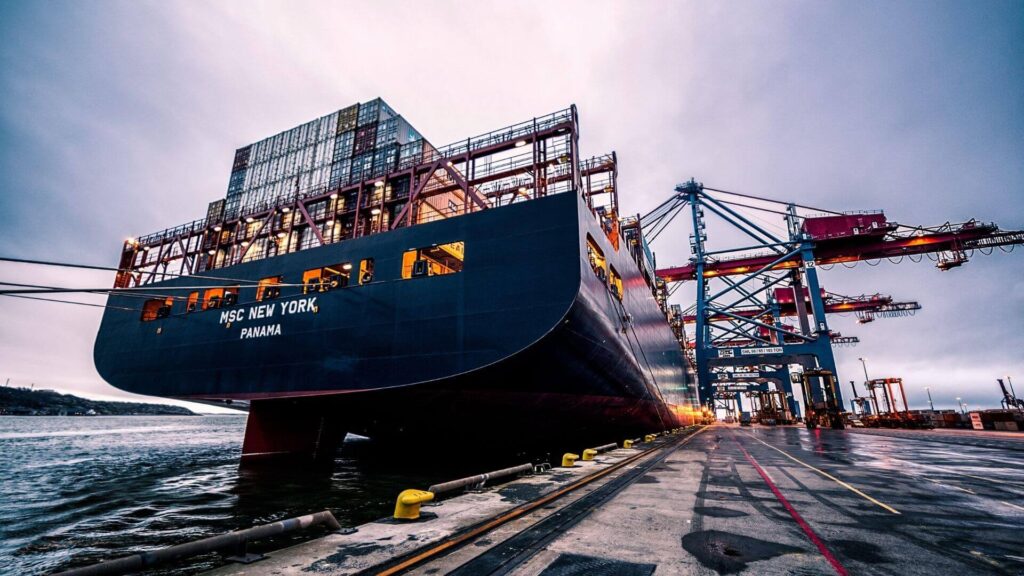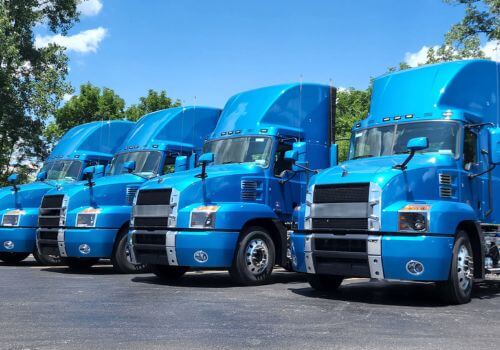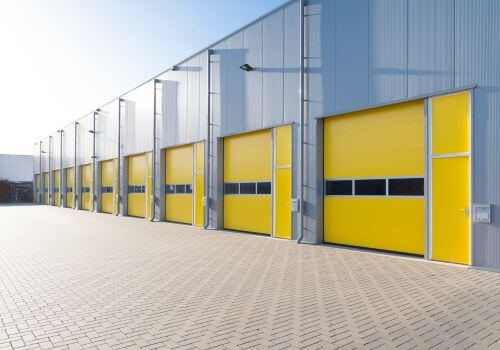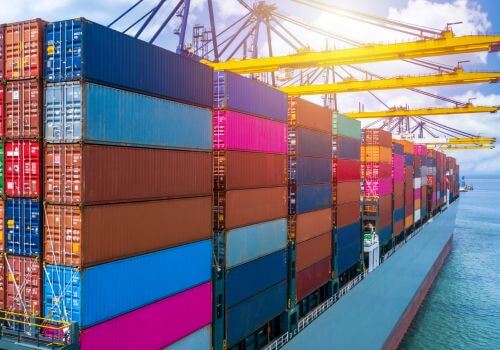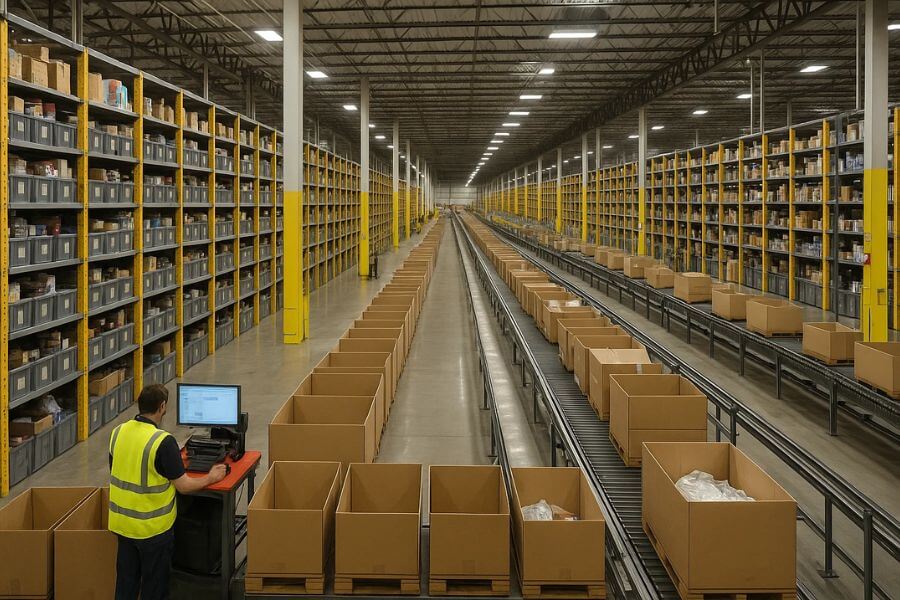Supply chain management is the process of regulating goods and services through the planning, design, execution, control, and monitoring of an efficient supply chain. Supply Chain and logistics management are unquestionably critical for businesses operating across a range of industries.
Logistics management is the process of coordinating the movement of goods and services from their point of origin to their point of consumption. It entails planning, designing, executing, controlling, and monitoring an effective supply chain. For a long period of time, logistics management was viewed as an inescapable evil.
That is, logistics activities were considered necessary for the survival of a manufacturing or retail firm, but they were not considered “strategic”. However, we now recognize the critical nature of supply chain and logistics management for businesses operating in a variety of industries.
The seven R’s of logistics is a well-known and important concept in logistics management as it lays the groundwork for ensuring the smooth operation of all operations, from shipping logistics to purchasing goods for customers, and in general, logistics management requires the best planning in order to operate smoothly.
To assist you in effectively managing the complexities of shipping while attempting to minimize costs, we’ve compiled a list of everything you need to know about the 7 R’s of Logistics.
1. The Right Product
When designing, manufacturing, or selecting a product, the organization should take into account potential transportation issues. Special packaging requirements may be necessary due to the weight or bulk of the product, its shape or fragility, or the distance travelled.
When a product is designed properly, it simplifies logistics significantly by ensuring a certain level of standardization in the product’s measurements throughout the design process. This will significantly simplify packaging, warehousing, product handling, and transport. The best strategy is to choose a profitable product that is in high demand.
Possessing the necessary knowledge and utilizing the appropriate product enables you to manage your time and resources more efficiently. For instance, IKEA’s products are designed to be shipped flat to maximize the number of items per shipment. This results in fewer journeys which results in decreased fuel consumption and emission levels.
2. The Right Customer
Customer satisfaction is the most critical factor in supply chain operations. To find the right customer, we must first identify the customer and then raise awareness of our products and services. The most challenging aspect of this would be determining who the target customer is.
The most effective method of identifying the ideal customer is through market research. Managers must be knowledgeable about the market they are attempting to penetrate. If the products are sold in the appropriate market, the company generates more leads and attracts the right customers who will remain loyal for life.
The market analysis would inform us of the demographics of the market. Then, depending on the available budget, one would determine which marketing strategies to employ in order to ensure that the appropriate people are aware of our product and how to obtain it. You can rely on modern marketing techniques, as well as digital marketing, to assist you in broadening your customer segment and attracting the maximum number of suitable customers.
3. The Right Quantity
Additionally, it is critical to send the correct quantity of products when it comes to logistics. Supply chain managers are responsible for identifying the appropriate quantity of deliverables and collaborating with manufacturing and delivery teams to ensure the correct quantity of products is delivered to customers.
If we are unable to meet the demand for our product, we will forfeit some of our profits. additionally, if we have an excess quantity, our storage and other associated costs will increase. As a result, production must be balanced to meet demand without incurring excessive inventory costs.
4. The Right Condition
The optimal logistical situation is one that ensures the proposed product’s safe delivery. Until the product reaches the end-user or customer, its quality should be maintained. The distribution strategy should be designed in such a way that the product’s quality is maintained while maintaining low overhead costs. The supply team is accountable for properly storing and delivering goods to customers in good condition.
Häagen-Dazs is well-known for its decadent and upscale ice cream. Loop – one of its US distributors – has chosen to ship ice cream in reusable frozen containers in order to maintain the product’s quality. Additionally, they develop a cooler box system that fits inside the Loop tote bag, allowing customers to keep their ice cream cool for up to 24 to 36 hours after purchase.
5. The Right Place
Demand for your product may vary geographically, demographically, and in other ways. It is critical to determine the precise location to target through extensive market research, as certain areas may have a strong demand for the product while others may have no interest at all. It is critical to delivering the correct product to the appropriate location.
Supply chain managers must ensure that their delivery personnel are efficient and knowledgeable in order to ensure that the product is delivered to the correct location. Following location selection, it is critical to choose a distribution strategy that meets demand while not over or under-supplying the product at any point.
Along with skilled delivery personnel, the business should have an effective Transportation Management System or route optimization software. These types of systems can assist in tracking and organizing the movement of materials and products, while also enabling managers to review and analyze previous decisions via data storage capabilities.
6. The Right Time
In logistics, time is of the utmost importance. Even if all other aspects of the process are carried out correctly, if the timing is incorrect, the entire process can fail. You must have the products on the shelves or in stock at the right time to meet demand; otherwise, you risk losing market share to the competitors.
Customer satisfaction and long-term relationships are impossible to achieve without on-time product delivery. Managers are accountable for establishing a tracking system and coordinating with the delivery team to ensure that items are delivered on time. A strong software system, such as Abivin vRoute, can provide insight via reports, dashboards, charts, and other features that enable more informed decision making and thus save time for the business.
7. The Right Cost
The primary responsibility of the supply chain manager is to conduct market research and establish competitive pricing for goods and services. The business must have an appropriate price value to track its income and expenses. A reliable system for storing and updating accurate pricing information is required for a successful logistics management service.
What Purpose do the 7 R's of Logistics Serve?
The significance of the seven R’s of logistics is that they explain the function of logistics services and the process by which items meeting specific criteria, such as time, quantity, and price can be moved concurrently.
This, in turn, will aid in the control of product flow, as well as the effective planning and management of goods and information storage, resulting in meeting customer needs, lowering costs, and increasing profits.
To summarize, supply chain managers must remember to deliver the appropriate product to the appropriate customer in the approriate quantity, in the approriate condition, at the appropriate location, at the appropriate time and finally at the appropriate cost.

